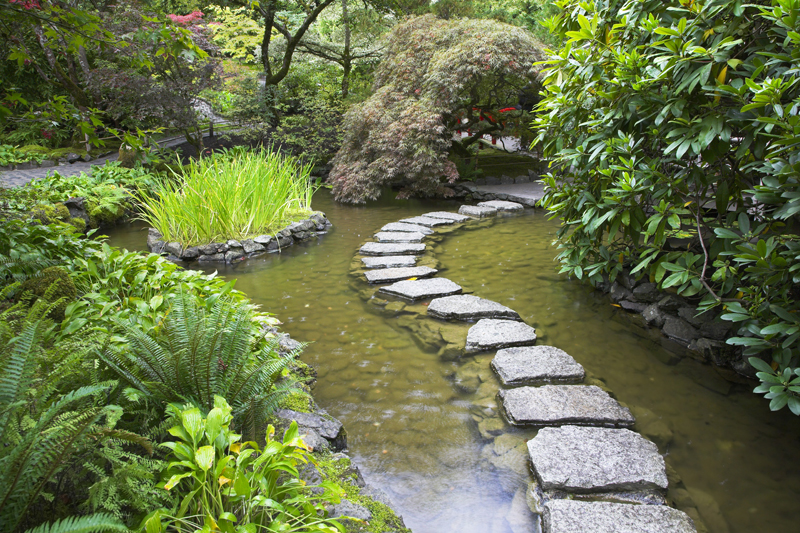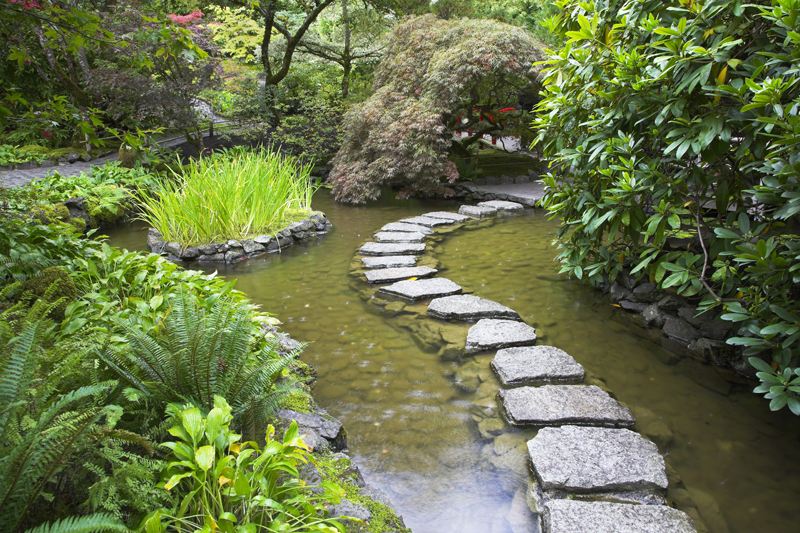Globeflower

Kerria is also known as globeflower. This deer proof plant does best in zones 5 through 9.
Growing Globeflower
Globeflower is suited to the Upper South, Middle South, and lower South as well as the coastal plain. In the South, this plant does best in part shade as full sun can be too intense.
This shrub needs a moderate amount of water. It makes an excellent specimen plant and a great addition to mixed borders. The plant can also be grown as a mass.
Globeflower requires little pruning. It has a lovely natural shape, which is easily destroyed by too much pruning. Globeflower does well in almost all well drained soils.
When planting this shrub, try to give it plenty of room for this tends to spread by its roots. The deer proof plant is easy to grow.
This shrub is relatively trouble free and easy to grow. However, it can benefit from being thinned out every couple years. This helps the plant to bloom freely every year.
Globeflower resembles a bramble, but is free of spines. This shrub was originally native to China, and was introduced to the U.S. in 1834.
Description of Globeflower
Globeflower is usually 3 to 6 feet in height with a slightly larger spread. This lovely graceful plant has branching, wiry stems and twigs. It develops into a rounded, open shrub.
The ridged stems and branches are bright green, and add a touch of color during the winter months. This shrub begins blooming in May, and can pretty much continue during the summer into fall.
The vivid, showy flowers are golden yellow to pale yellow or yellow-orange. These are two inches wide and resemble yellow roses. These are very long lasting flowers.
The species has single blooms. There is a variety with double flowers.
Globeflower blossoms are perfect for drying, and can be used as everlastings. These solitary blooms are shaped like a rose. The solitary, rose-like blooms appear terminally at the ends of the shoots after the leaves begin to appear.
These blossoms contain five petals and five sepals. The stamen are particularly showy.
Gardeners will also find there is a variegated globeflower. This very twiggy variety is a slightly smaller plant than the species. The leaves of the variegated form has white along the leaf margins.
There is also a variety of globeflower with yellow stripes on the branches.
This specie has attractive, deeply toothed, bright green leaves. These are tapered. The foliage turns yellow in the fall.
The oval to lanceolate leaves have toothed edges and are 2 to 4 inches long. These are alternate, and feature awl-like stipules.
Initially, both sides of the leaves are hairy. As these mature, they become smooth on the upper side.
Growing Globeflower
Globeflower is suited to the Upper South, Middle South, and lower South as well as the coastal plain. In the South, this plant does best in part shade as full sun can be too intense.
This shrub needs a moderate amount of water. It makes an excellent specimen plant and a great addition to mixed borders. The plant can also be grown as a mass.
Globeflower requires little pruning. It has a lovely natural shape, which is easily destroyed by too much pruning. Globeflower does well in almost all well drained soils.
When planting this shrub, try to give it plenty of room for this tends to spread by its roots. The deer proof plant is easy to grow.
This shrub is relatively trouble free and easy to grow. However, it can benefit from being thinned out every couple years. This helps the plant to bloom freely every year.
Globeflower resembles a bramble, but is free of spines. This shrub was originally native to China, and was introduced to the U.S. in 1834.
Description of Globeflower
Globeflower is usually 3 to 6 feet in height with a slightly larger spread. This lovely graceful plant has branching, wiry stems and twigs. It develops into a rounded, open shrub.
The ridged stems and branches are bright green, and add a touch of color during the winter months. This shrub begins blooming in May, and can pretty much continue during the summer into fall.
The vivid, showy flowers are golden yellow to pale yellow or yellow-orange. These are two inches wide and resemble yellow roses. These are very long lasting flowers.
The species has single blooms. There is a variety with double flowers.
Globeflower blossoms are perfect for drying, and can be used as everlastings. These solitary blooms are shaped like a rose. The solitary, rose-like blooms appear terminally at the ends of the shoots after the leaves begin to appear.
These blossoms contain five petals and five sepals. The stamen are particularly showy.
Gardeners will also find there is a variegated globeflower. This very twiggy variety is a slightly smaller plant than the species. The leaves of the variegated form has white along the leaf margins.
There is also a variety of globeflower with yellow stripes on the branches.
This specie has attractive, deeply toothed, bright green leaves. These are tapered. The foliage turns yellow in the fall.
The oval to lanceolate leaves have toothed edges and are 2 to 4 inches long. These are alternate, and feature awl-like stipules.
Initially, both sides of the leaves are hairy. As these mature, they become smooth on the upper side.

Related Articles
Editor's Picks Articles
Top Ten Articles
Previous Features
Site Map
Content copyright © 2023 by Connie Krochmal. All rights reserved.
This content was written by Connie Krochmal. If you wish to use this content in any manner, you need written permission. Contact Connie Krochmal for details.



